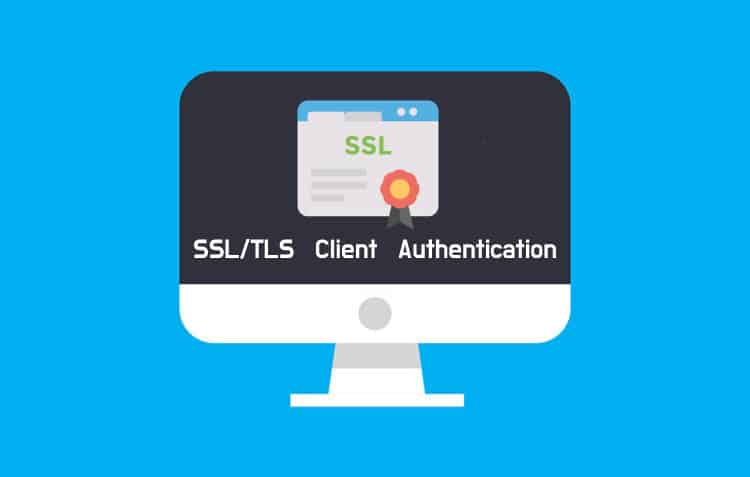You would be aware of how SSL certificates are necessary for the website to prove its legitimacy but how about if the client-server could also have the SSL/TLS Certificate to step up the authentication. What actually happens in the client authentication is that the client is responsible for the generation of the key. The key is associated with the client and that is it is stored in the browser. And later it is used to set up the authenticated gateway for communication.
Usage of SSL/TLS Client Authentication
The first and foremost use that can be made of SSL/TLS Authentication is that the client gets the opportunity to limit the access of users. Secondly, it protects your data from the traducers, all the data including the IP address, all the login credentials, etc. we all want our data to be protected, and in certain applications, we also enable two-factor authentication to reach that level of security. Thus, SSL/TLS authentication is also a kind of two-factor authentication that secures your client’s browser.
As solely, the client has the personal key that is present on the certificate and this is how you could use the private key instead of using passwords. Lastly, they are supported by the lo T devices and therefore, prevent the entry of any traducer and prevents illegal access to your personal information.
But there are also cases under due to which client authentication is not that popular, that is before it takes a lot of effort and time to install an SSL Certificate on your system or browser and secondly, many of the normal users like us does not that the knowledge that is required in order to install the certificate and that’s why it becomes quite necessary for the user to download it and enable it.
Working on SSL/TLS Client Authentication
The working of the SSL/TLS Client Authentication is solely based on the SSL/TLS Client Handshake.
Well, it starts with communication between the Client device and the SSL Server in order to set up a secure connection between the two. It goes like this:
Step 1: The client’s device sends the hello message.
Step 2: SSL server reverts to the client’s device with the same message.
Step 3: It also sends the message, asking for the certificate from the client’s device.
Step 4: As soon as the message is received by the client’s device, it sends it’s the certificate for verification.
Step 5: The key information is also passed along.
Step 6: Now, the SSL Server verifies the certificate with the client’s public key and revert back with the verified message.
The verification of the following terms takes place:
– The presence of the digital signatures and their legitimacy.
– The confirmation of the validation period of the certificate.
– The revocation of the certificate is also checked through Certificate revocation lists or the OCSP Stapling.
– Lastly, it checks the ‘CT Logs’.
Advantages of the SSL/TLS Client Authentication
1. It is the best-suited option if the user wants to enable two-factor authentication on the system.
2. This two-factor authentication is one of the top advantages of these digital certificates because it does not work like the other two-factor authentication process, that is you do not require the security code from your text messages or email.
3. It is a budget-friendly
4. It is also capable of having authenticated and secure transactions through different networks.
5. It is not only beneficial for the encryption process but also the legitimacy of your device.
6. It is dependent on what is called ‘Active Directory. That is number of devices that could access lies in the hands of the client.
Relationship between SSL/TLS Client Authentication and the Server SSL Authentication
They have a mutual relationship with each other, and during the handshake process they both show up with their certificates for the authentication. They both check the legitimacy of each other certificates and end with forming a secure connection between each other.
Conclusion
It is a kind of prerequisite for the client’s device too, to have a good level of security because day by day cyber crimes are increasing and our data must be protected. And also it acts as a stepping stone to new techniques that are now available in the market to be used to maintain encryption between the client and the webserver and provide a higher level of authentication.
Everything has its advantages as well as disadvantages, but the only disadvantage this has, is that it is not much popular, but as soon as the users come to know about this authentication process, they are ready to do the tedious tasks of installing and enabling it. Because at last what is important is that the user has control over his/her personal information.


